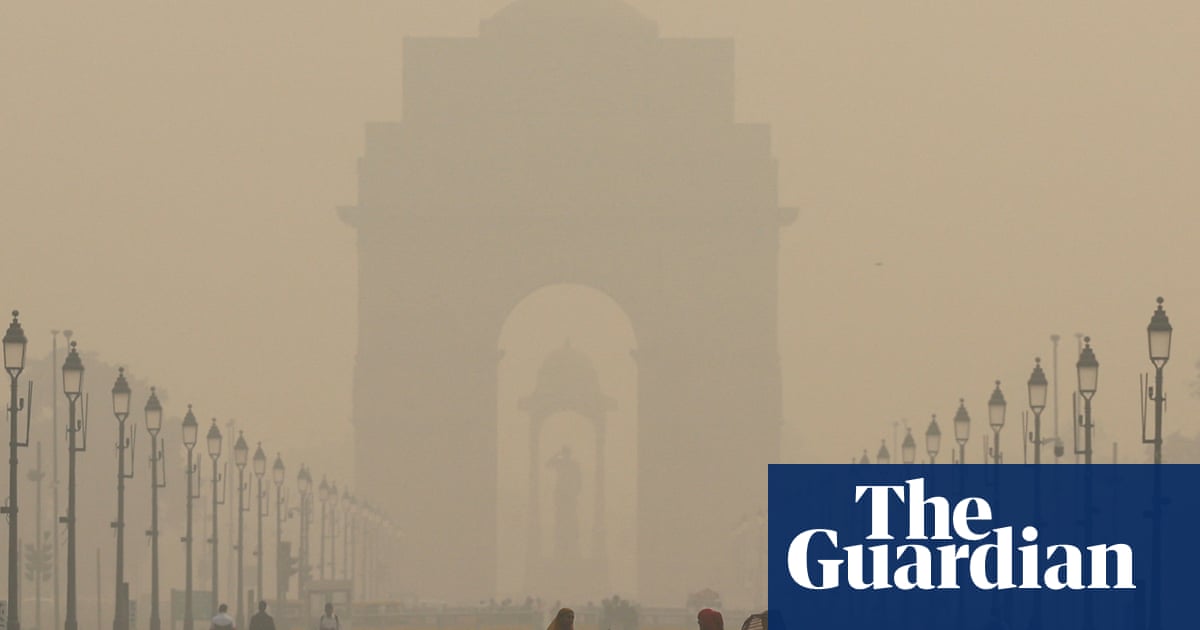
"The visibility drops drastically often to just a few hundred metres and it feels as if standing in a heavy soup of pollution."
"The Indo-Gangetic plain is one of the most polluted regions in the world, where extreme air pollution meets high population density."
"The researchers found that particle pollution from agricultural fires accounted for 32% of the daily deaths from air pollution in Delhi."
"Smog in Delhi often arrives overnight and residents wake up to find their city filled with pollution."
In November, Delhi faced its highest pollution levels, classified as 'severe plus', resulting in schools and offices closing. Research led by Prof. Andre Prevot identified agricultural fires as the primary cause of the smog, where farmers burn rice stubble to prepare fields for wheat planting. This practice contributes significantly to air pollution, with recent studies indicating that such particle pollution caused over a thousand deaths in Delhi alone. The smog infiltrates the city overnight, creating dire visibility issues and adverse health effects for particularly vulnerable populations like women and the elderly.
Read at www.theguardian.com
Unable to calculate read time
Collection
[
|
...
]